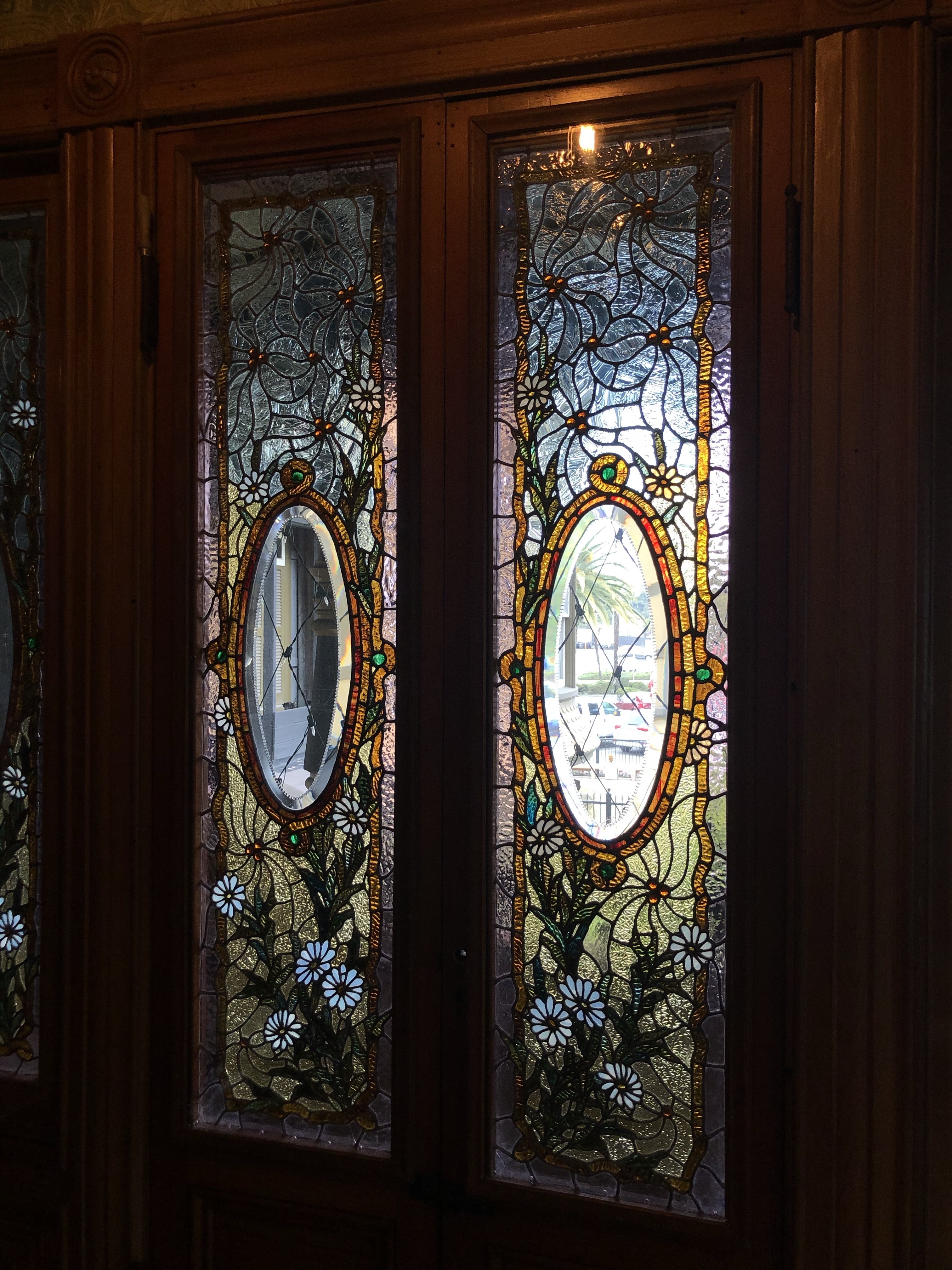Works Cited
Works Cited
Basu, Paul. “The Labyrinthine Aesthetic in Contemporary Museum Design.” Exhibition
Experiments, 2007, pp. 47–70., doi:10.1002/9780470696118.ch2.
Blair, Carole. “Reflections on Criticism and Bodies: Parables from Public Places.” Western
Journal of Communication, vol. 65, no. 3, 2001, pp. 271–294., doi:10.1080/10570310109374706.
“Boston College.” Memorial Labyrinth - Boston College, www.bc.edu/sites/labyrinth/.
Colonnese, Fabio.“The House as a Labyrinth: More than Meets the Eye.” House &
Home. From a Theoretical Perspective, Archtheo ’12 Theory of Architecture Conference. ISBN: 9786054514045 (2012): n. pag. Print.
Dickinson, Greg and Georgia Aiello. “Being Through There Matters: Materiality, Bodies, and Movement in Urban Communication Research.” International Journal of Communication 10 (2006): 1294-1308.
Dickinson, Greg, Carole Blair, and Brian L. Ott. “Introduction: Rhetoric/Memory/Place.” Places of Public Memory: The Rhetoric of Museums and Memorials. Eds. Greg Dickinson, Carole Blair, Brian L. Ott. The University of Alabama Press, 2010. 1-56.
Holleran, Michael, and Patricia West. “Domesticating History: The Political Origins of Americas House Museums.” The American Historical Review, vol. 105, no. 4, 2000, p. 1332., doi:10.2307/2651489.
Ignoffo, Mary Jo. Captive of the Labyrinth: Sarah L. Winchester, Heiress to the Rifle Fortune. University of Missouri Press, 2012.
Kahl, Janet. “The Aesthetic Appeal of Labyrinths and Mazes.” Literature & Aesthetics, 2016, pp. 139–160., https://openjournals.library.sydney.edu.au/index.php/LA/article/view/11429/10832.
Lueck, Amy. “Haunting Women’s Public Memory: Ethos, Space, and Gender in the Winchester Mystery House.” Rhetoric Review. Forthcoming.
Lueck, Amy. “Methodological Haunting: The Ephemeral Evidence of the House Tour.” Forthcoming.
Malim, Caroline. “Mazes, Minotaurs and Maidens: Evidence for the Cult of the Labyrinth and the Cycle of Life.” In: Myth Symbol and Ritual: Elucidatory Paths to The Fantastic Unreality Eds Maria-Luiza DUMITRU OANCEA & Ramona MIHĂILĂ University of Bucharest III (2019): Print.
Naço, Neli. “The Image of the Labyrinth in the Novel ‘The Palace of Dreams.” Academic
Journal of Interdisciplinary Studies, Jan. 2013, doi:10.5901/ajis.2013.v2n9p255.
Phillips, Kendall R. “The Failure of Memory: Reflections on Rhetoric and Public
Remembrance.” Western Journal of Communication, vol. 74, no. 2, 2010, pp. 208–223., doi:10.1080/10570311003680600.
Sardella, Dennis. “The Labyrinth. A Symbolic Pilgrimage.” Academia, 2016,
https://www.academia.edu/8401052/The_Labyrinth._A_Symbolic_Pilgrimage.
Valette, Rebecca. “The Labyrinth of the Cathedral of Chartres.” Boston College, 11 Sept. 2013, www.bc.edu/sites/labyrinth/history.html.
Witasiak, Katarzyna. “The Archetype of the Labyrinth in the Architecture of Holocaust
Museums.” Technical Transactions Architecture, 2016, pp. 254–259., doi:10.4467/2353737XCT.16.190.5801.
